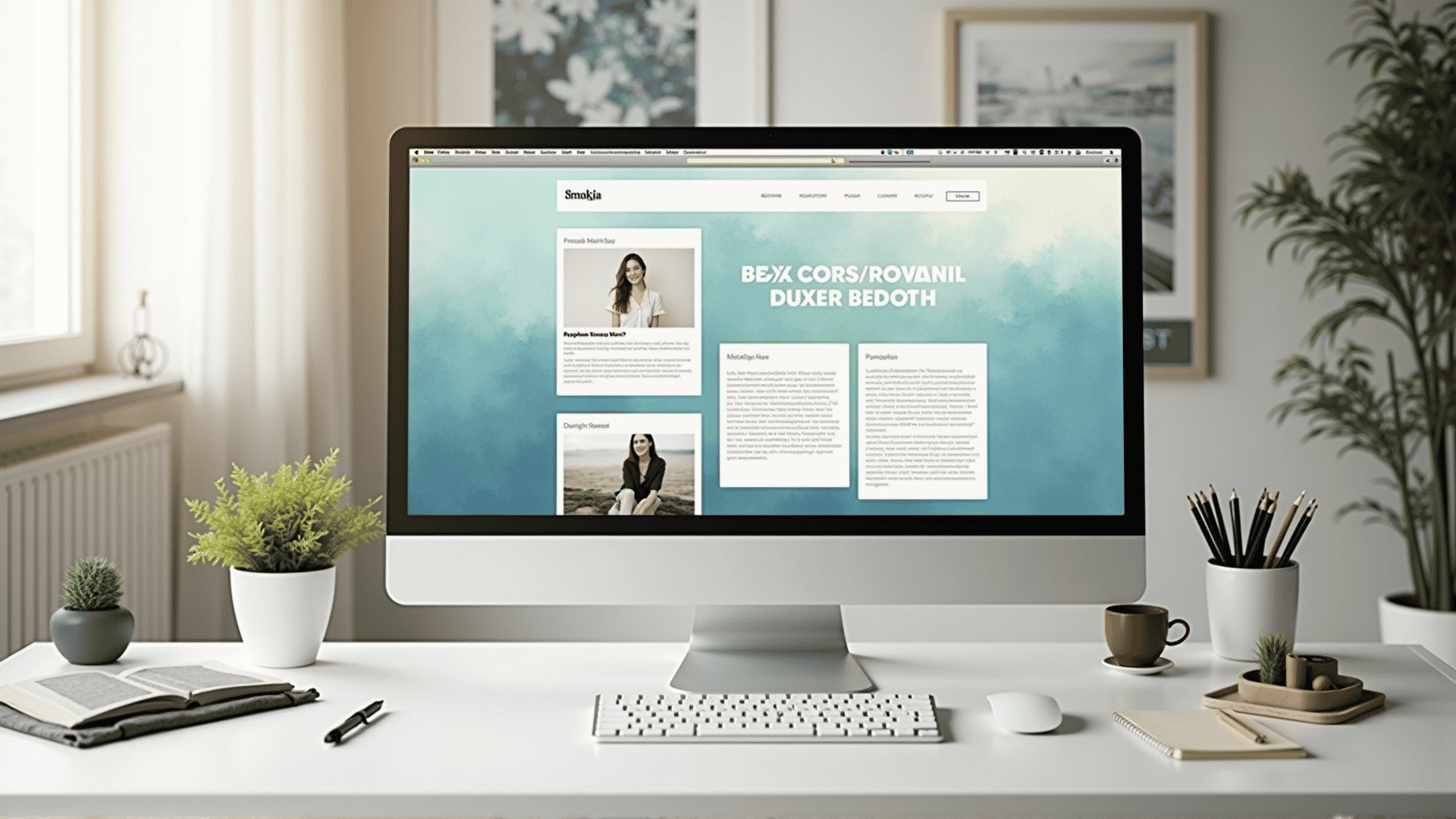In today's digital landscape, the appeal of a website is not solely defined by its functionality but significantly influenced by its visual presentation. The aesthetic quality of a website plays an essential role in capturing the attention and interest of visitors, and can greatly enhance user experience by making it more enjoyable and intuitive. Understanding the basics of design principles is key to creating an environment that captivates and retains users.
A well-considered color scheme is one of the fundamental aspects that contribute to the overall attractiveness of a website. Colors can evoke emotions and communicate different messages; for instance, blue conveys reliability while green symbolizes growth and harmony. It's vital to balance colors to create a cohesive experience that resonates with the site's purpose and target audience.
Typography is another crucial element that affects how content is perceived. The right font choice can enhance readability and convey the tone of the message. It is important to select typefaces that align with the website’s theme and ensure they are legible across various devices and screen sizes. A harmonious combination of typography can add depth and sophistication to a website’s layout.
Imagery and graphics also play a pivotal role in attracting users. High-quality visuals not only grab attention but also assist in conveying the website’s message clearly and effectively. Selecting appropriate images and graphics that complement the overall design can create a visually pleasing balance that promotes user engagement. Moreover, images should be optimized for quick loading to maintain a seamless user experience.
Layout design should prioritize simplicity and clarity, guiding users to the information they seek with minimal distractions. Employing a grid system can help in organizing content logically while ensuring consistent spacing and alignment. This structure allows users to navigate seamlessly through the site, enhancing their interaction and satisfaction.
The use of negative space, often referred to as white space, is another critical aspect of elegant design. By avoiding clutter, negative space highlights key elements and ensures the user's focus remains on the most important parts. This technique enhances comprehension by preventing users from feeling overwhelmed by too much information at once.
An aesthetic design is not only visually appealing but also responsive. As more users access websites through a variety of devices, designing with flexibility in mind ensures that every visitor has a consistent and pleasing experience. Responsive design adapts layouts and elements to fit different screen sizes without compromising the integrity or appearance of the site.
In conclusion, the art of web aesthetics involves a delicate balance between form and function. A website that incorporates color theory, typography, imagery, layout, and responsive design principles effectively can attract and retain users, facilitating an engaging and memorable user experience. By paying careful attention to these design elements, creators can develop websites that are not only functional but also visually captivating.
